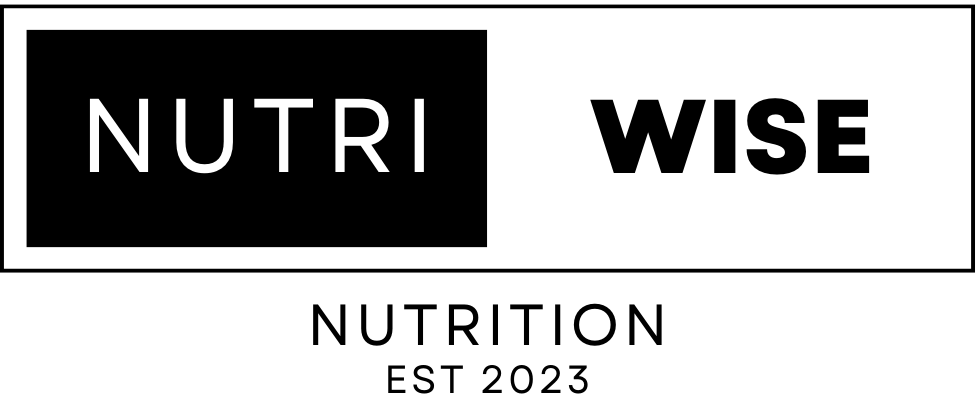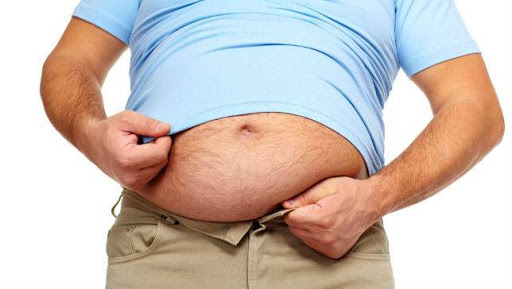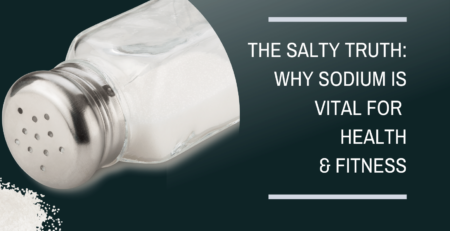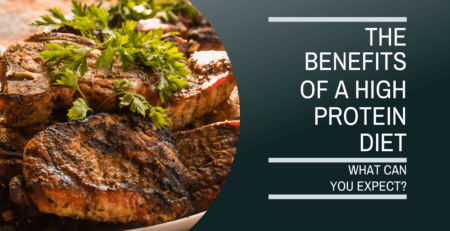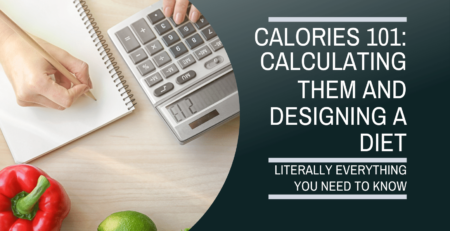The Ultimate Female Diet Guide: Get Lean, Fit & Strong!
The quest for sustainable weight loss is a struggle that many women face. With the abundance of fad diets and weight loss programs advertised on social media, it can be overwhelming to determine which one is right for you.
This is where the Ultimate Female Diet Guide comes in. This article provides basic guidelines and strategies for women to achieve their health and fitness goals through making healthy choices, restricting calories from processed food, and timing meals strategically.
The Ultimate Female Diet Guide emphasises the importance of finding what works for each individual woman, tracking progress, and celebrating every little success on the journey to becoming a lean, fit, and strong female you know you are. The guide also stresses the significance of macronutrient proportions and how they can contribute to weight loss success.
By following these guidelines and strategies, every women can achieve sustainable weight loss while also maintaining a healthy and balanced lifestyle.
Diet Guidelines
It can be tempting to make assumptions when trying to lose weight. This is dangerous as every person has unique dietary requirements – some generalities can be drawn, but making assumptions such as needing to eat 1200 calories as the starting point are just not true. Letting go of old, bad advice based on reality TV shows like The Biggest Loser is where we need to begin.
It’s important to realise you need to be in a calorie deficit to achieve a weight loss goal, but you also do not need to starve yourself. Being hungry is one thing, but starving is an entirely different situation.
One of the key elements emphasised in this guide is the importance of restricting calories from overly processed sources. Instead, you should focus on consuming fresh, healthy, and wholesome sources of food. Additionally, protein is highlighted as providing the highest level of satiety and helping with muscle recovery, repair, and rebuilding. Optimally, carbohydrates can be timed for consumption in the morning, 1-2 hours before a workout, and directly post-workout to replace glycogen stores along with protein. Staying hydrated is also important for digestive process, cell functioning, waste excretion, and nutrient transportation.
Meal planning is an important aspect of the female diet guide. Eating frequently every 3-4 hours helps keep you satiated and blood sugar levels stabilised. The guide encourages healthy snacking strategies, such as consuming fresh fruit and vegetables instead of pre-packaged processed snacks many of us reach for.
There are some rationales behind taking a “calories per kilo” approach, but the reality is that this can be wildly inaccurate. You’re better off calculating your calories and being as specific as possible. I’ve written a comprehensive guide on this before, so be sure to check it out.
It’s important to be accurate in the estimation of your TDEE because exercise frequency, intensity and muscle mass can affect calorie intake and macronutrient requirements. If you have an active job, chase kids around or are on your feet all day your calorie needs are different to someone who sits at a desk for the same period of time.
By following these guidelines, you can create a more personalised approach to your nutrition that involves tracking progress and analysing the impact of food choices.
Macronutrient Proportions
Macronutrient proportions play a crucial role in a sustainable weight loss plan for women. The generally recommended macronutrient proportions for women seeking weight loss are 45-60% carbohydrates, 15-30% protein, and 20-30% fats – but more accurately you can work these out based on your weight. With your daily calorie goal worked out you can further work out macronutrient goals.
Protein for example can be set at around 2g per kilo of body weight and fats at 1.2g per kilo with the remainder being allocated to carbohydrates. These proportions may vary based on how restrictive the calories of the diet are and the bodies threshold for maintaining hormonal function. For example, dropping fats below .8g per kilo of body weight can affect the menstrual cycle adversely. Some women’s threshold for tolerance of dietary fats is also much greater than others. For those women who have experienced disordered eating in the past, their threshold for dropping calories and body fat can be like a hair trigger compared to someone who has never chronically under eaten for a long period of time.
In my calorie and macro guide I cover the recommendations off in greater detail, be sure to check that out if you didn’t earlier.
In addition to these macronutrient proportions, hydration is also crucial for maintaining a healthy weight. I can’t stress that enough. Many women will increase activity and drop calories, which is an expected part of any diet and lifestyle change, but in doing so they forget to maintain adequate water intake and become dehydrated. Adequate hydration helps with the digestive process, cell functioning, waste excretion, and nutrient transportation and cognitive function. It also helps you feel fuller when dieting.
Aim to drink at least 2.5L of water every day and increase intake if exercising or in hot weather – also if you’re thirsty all the time you’re not drinking enough.
Exercise also plays a role in macronutrient proportions, as it increases the body’s need for protein to support muscle recovery, repair, and rebuilding.
Importance of Tracking
Tracking things, such as food intake, macronutrients and progress are critical to your weight loss efforts. If you don’t measure these things you’ve got no reference point to make and observe changes from.
Tracking progress is an important aspect of maintaining a sustainable weight loss plan for women. In order to effectively track progress, it is important to set measurable goals. These goals should be specific, realistic, and time-bound.
By setting goals, all women can measure their progress and adjust their diet and exercise routine as needed. Measuring success can also be achieved through various methods such as tracking with progress photos, body weight (on the same 3 days every week, body measurements or with a body composition scan.
It is important to note that weight loss is not always the only indicator of progress. If you’re a kilo down on the scales, drinking a litre of water will put it back on. All weight is not equal, muscle weighs more than fat so it’s important to take not of other factors such as increased energy levels, improved mood, and better sleep quality. These are outcomes that can also be indicative of progress. By tracking dietary changes, progress and measuring success, every woman can feel more motivated and confident in their ability to achieve their weight loss goals and feel more in control of their body, whatever life throws at them.
